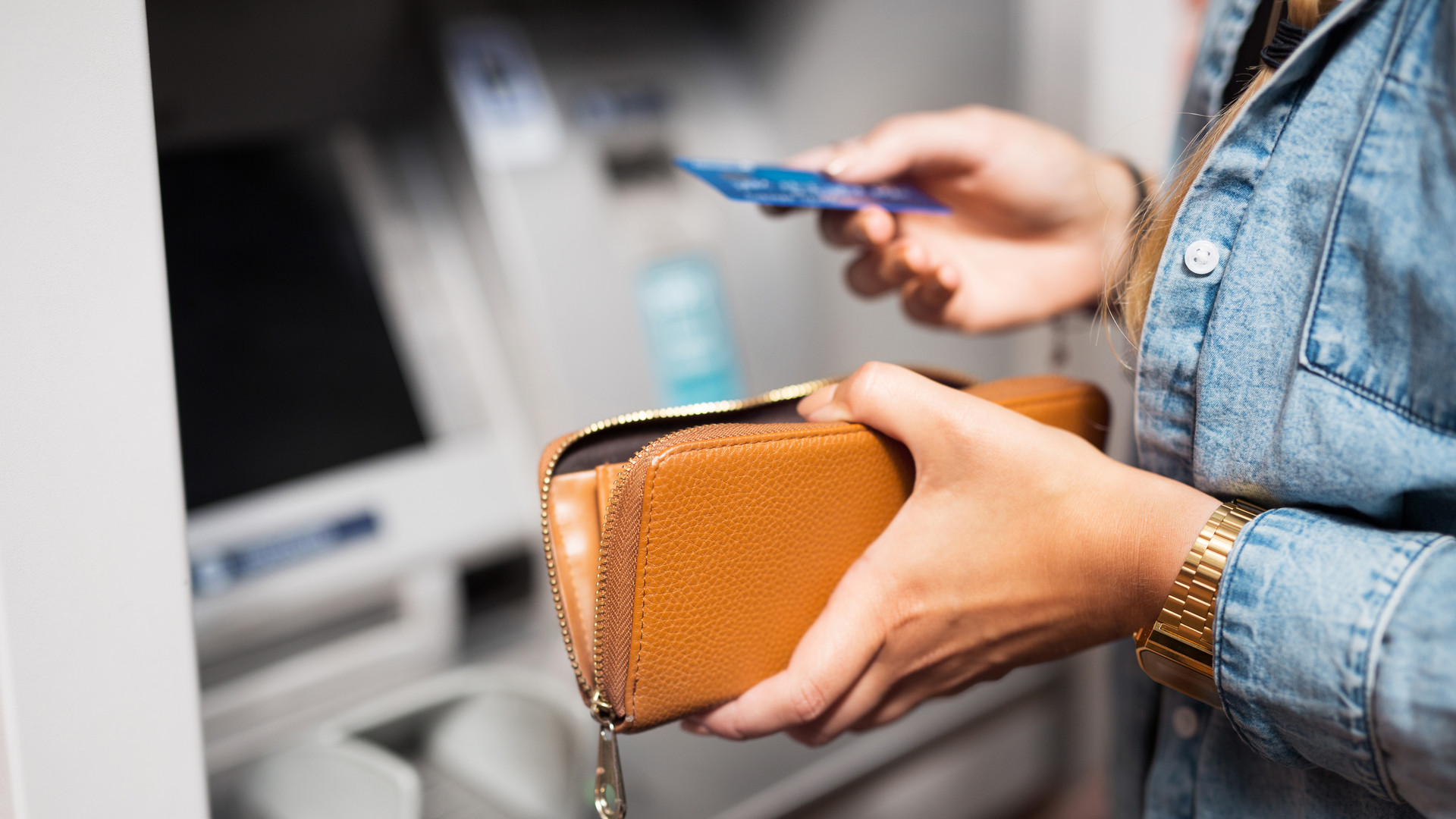5 Ways to Avoid Becoming a Victim of ATM Scams
Card skimming fraud — which occurs when a criminal uses a skimmer device to swipe your bank card details from areas where you use your card for payment or to retrieve cash — was up 759% in the first half of 2022, with 20% of those skimming incidents occurring at a branch ATM, according to data from FICO.
“Financial fraud has been around as long as there have been banks,” said Ray Webb, Senior VP, Chief Digital Banking Officer with Old National Bank. “All of the technology that has been developed over the last 50 years — starting with ATMs — has given fraudsters new channels to attack. It takes a lot of effort to stay ahead of thieves who change their approach as defenses are implemented. That’s why, at Old National, we meet regularly to assess our defenses against current threats, and to adjust as necessary.”
Although it’s hard to protect yourself 100% of the time, here are a few things you can do to help avoid becoming the victim of an ATM skimming scam in the future.
Understand how ATM scams work
The goal of an ATM scammer is to gain access to your bank account details and the money in your account. At an ATM, specifically, they might do this in several ways:
- With (teeny, tiny) cameras. One simple way criminals gain access to your account details is by attaching a small camera above an ATM machine that records the information from your card as you use it and type in your PIN.
- With fake card readers. Savvy thieves might place a fake card reader over the original ATM reader. These fake devices read your card information and then automatically store your PIN as you type it in.
- With deep insert skimmers. These devices are placed deep inside the mouth of the ATM to capture your details once your card is placed into the machine. These are often the hardest type of ATM scam device to detect.
Implement some scam-avoiding systems
Once you understand how ATM scams work (which is your first line of defense against them), you can institute some further steps to help avoid them. For example:
- Inspect the ATM area carefully. Scammers usually attach their devices quickly, so it’s worth doing an inspection before using any ATM to see if anything looks particularly suspect. For example, search for cameras that don’t look like they belong. “Specifically, look at the area on which a camera could be placed with a view of the keypad for pinhole or badly misaligned trim,” said Webb. “The frame around the ATM and the strip at the top of the ATM are two good places to look.” Ask a store or bank associate if you see something that looks off.
- Cover the pad when typing in your PIN. Thieves are after the details that will gain them access to your bank account. Covering the pad while typing in your PIN may help shield the information from any cameras they’ve placed above the PIN pad at the ATM.
- Sign up for alerts. FICO®s Card Alert Service analyzes ATM data on a daily basis to detect potential compromises from ATM and debit networks around the country. You can sign up for alerts here. Check with your bank to see what alert services they might offer, as well.
- Stay on top of your account status. Although your aim should be to stop a scam before it happens, that’s not always possible. The second-best thing you can do is catch a theft as quickly as possible after it occurs. That means staying on top of your account balances and reporting any transactions that weren’t your own, signing up for alerts from your bank whenever they suspect fraud, instituting two-factor authentication and taking any odd account activity (like a declined payment) seriously.
Talk to your bank about your concerns
Implementing your own systems to avoid scams is important, but you should also talk to your bank about what they’re specifically doing to help stop thieves from gaining access to your bank details. For example, at Old National Bank, Webb recommends customers sign up for online banking and text alerts, card controls and fraud monitoring, and Mastercard Theft Protection. “The security and privacy of our clients’ accounts and personal information are of vital importance,” he said. “To learn more about what ONB is doing to protect you — and how you can protect yourself — visit Old National Security or our Security FAQ section.”
Just as scammers continue to evolve, so, too do our defenses against them. Staying up to date on the latest information regarding what thieves are doing to gain access to your details is one of the best ways to thwart their efforts. For more about what Old National Bank is doing to protect your banking details every step of the way, visit the links above or call 800-731-2265.
